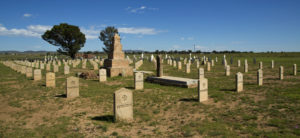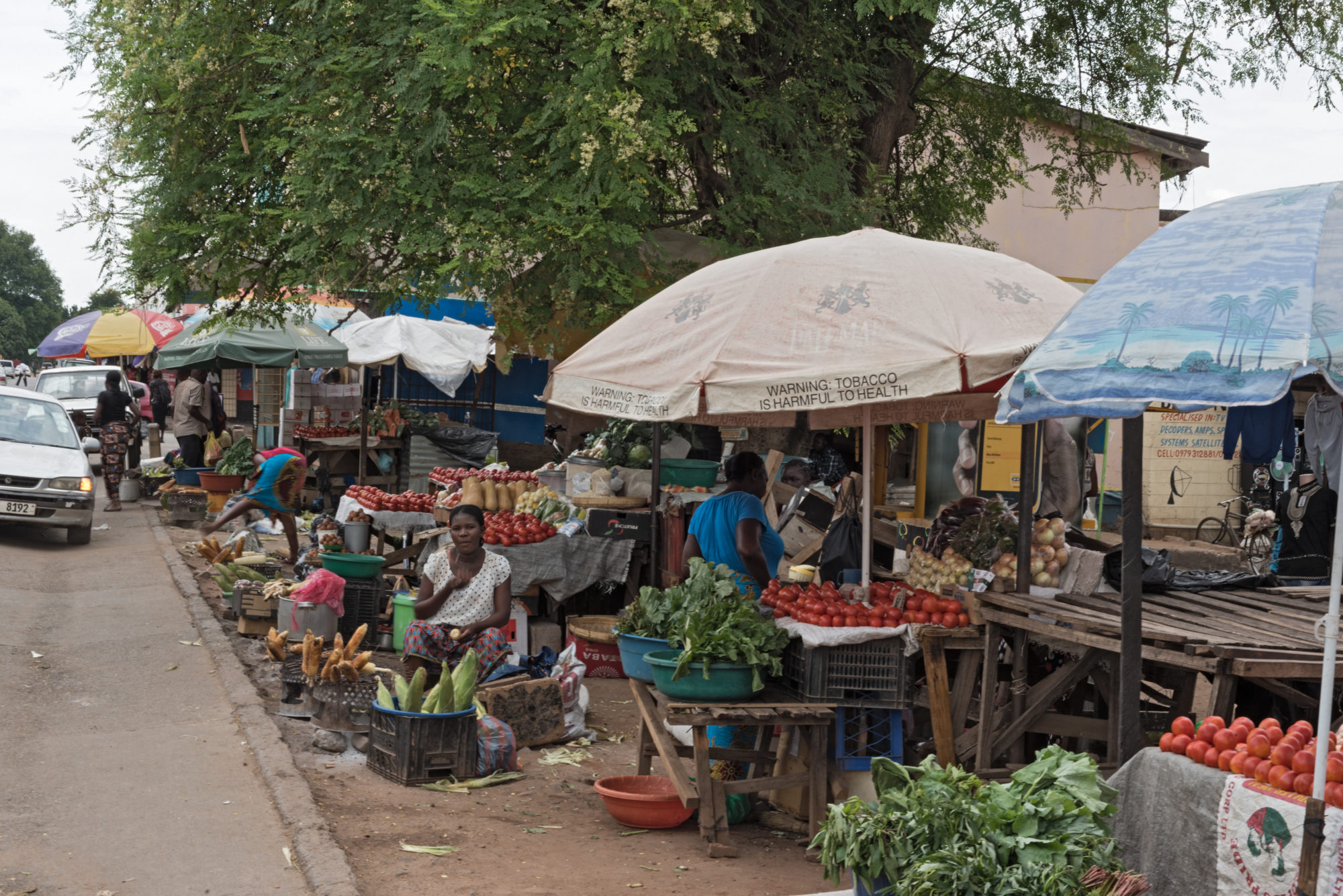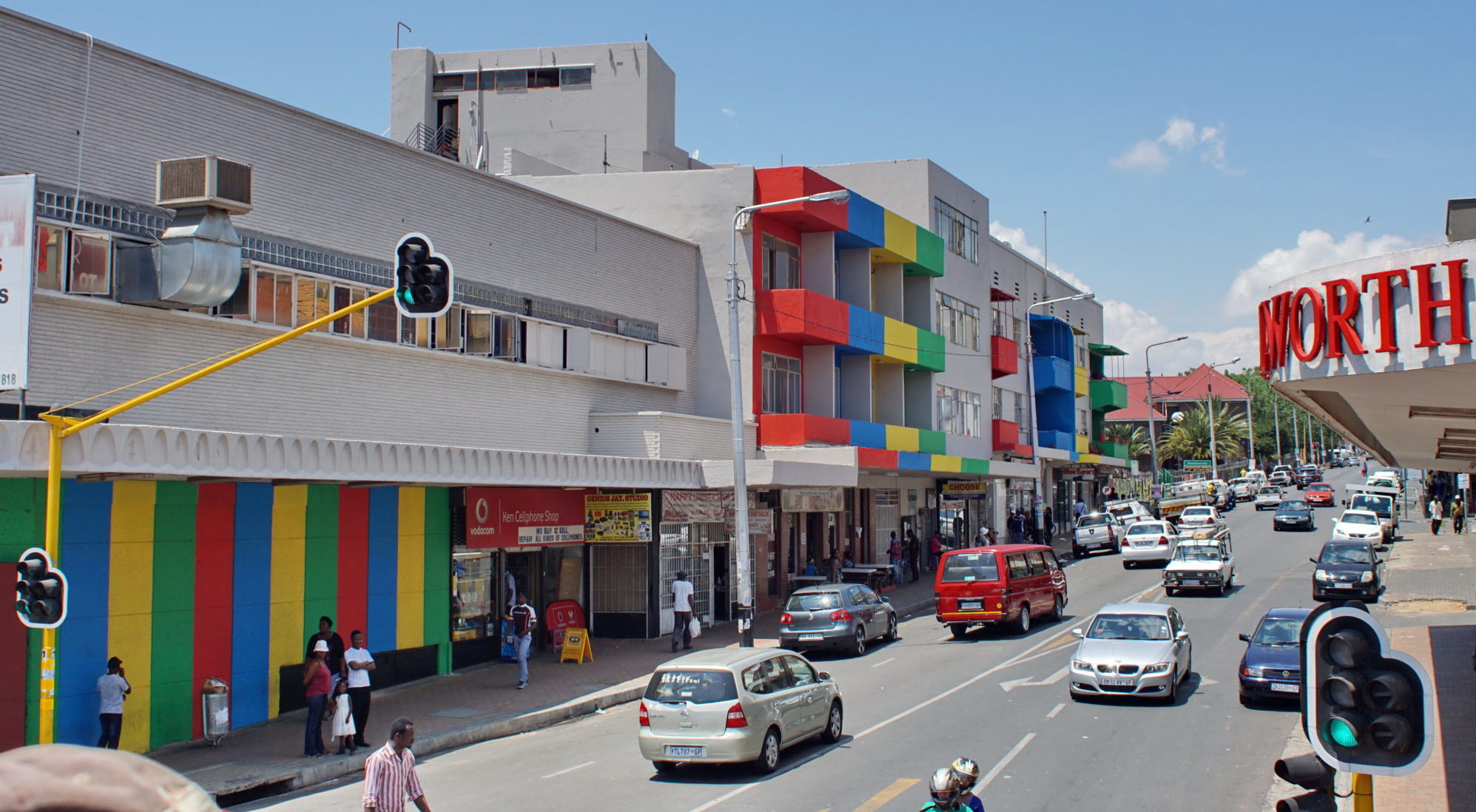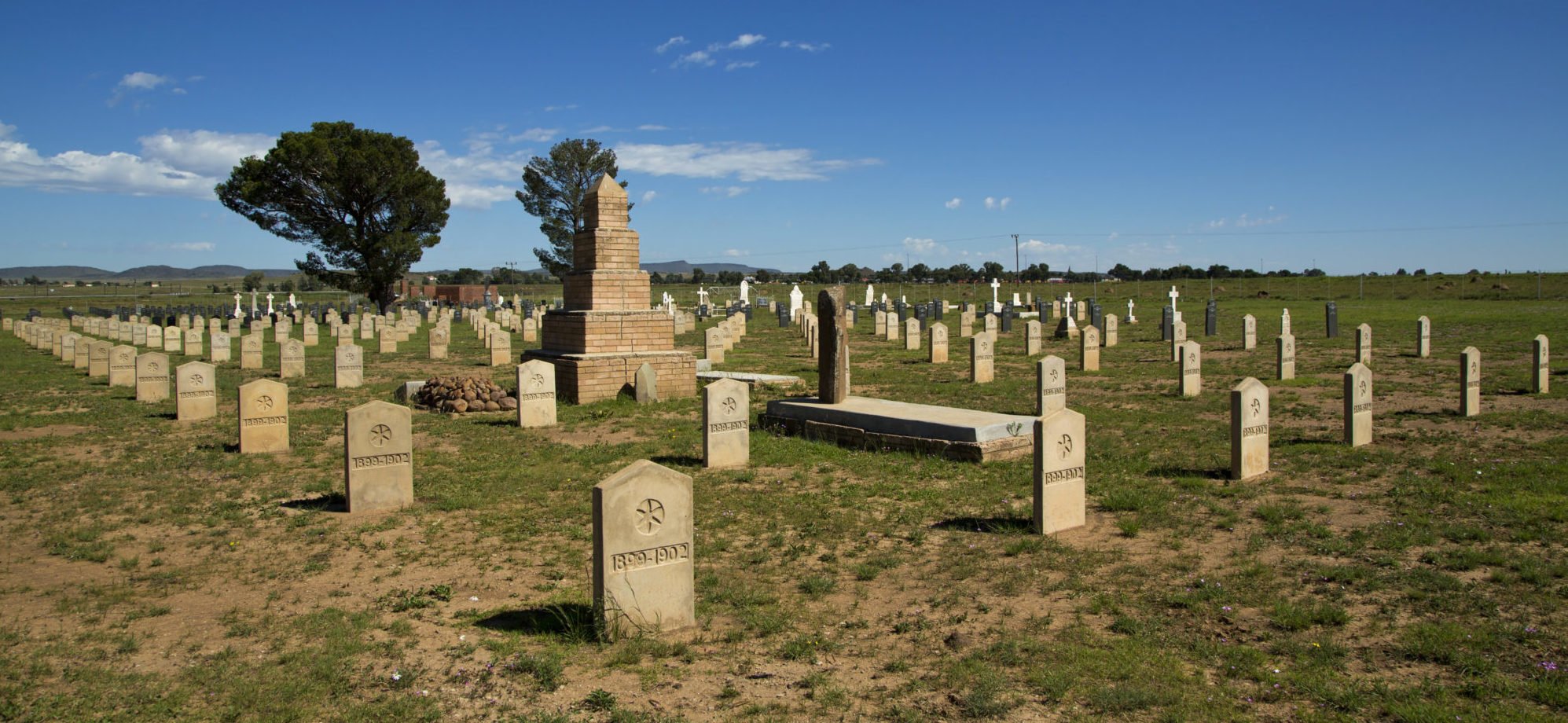
Opportunities and challenges for the development of microinsurance in Ethiopia
Conducted for the International Labour Organization (ILO) and United Nations Capital Development Fund (UNCDF) this Cenfri research project reviews the opportunities and challenges for microinsurance emerging from the regulatory, supply-side and demand-side characteristics of the Ethiopian microinsurance market. The purpose is to create a detailed picture of the microinsurance landscape that can serve as basis















